
The living world is way beyond humans – it includes the wildlife and the environment as well. And these are quite crucial for the survival of humanity. However, the earth, at present, faces the grave problem of extinction of several species. Astral Foundation has taken small yet definitive steps to preserve the flora and fauna.
Protection of forests and wildlife can be more effective if we can mitigate human conflict and intervention. Astral Foundation took a lead and provided patrolling infrastructure to the Forest departments.
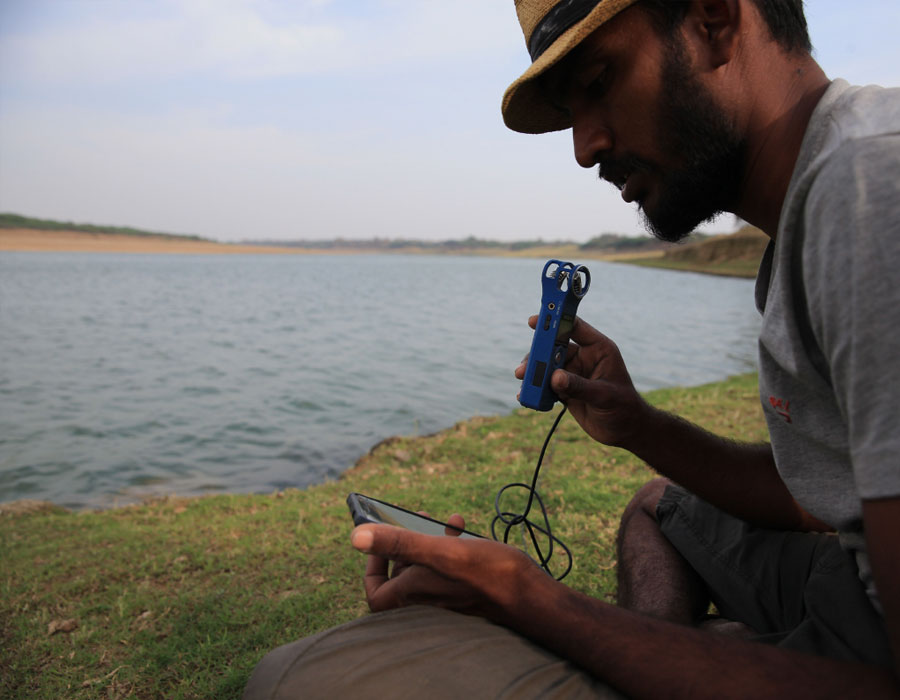
Astral Foundation strives to conserve the wildlife and protect its natural habitats. Among many initiatives taken in this direction, Astral Foundation has recently contributed grants to Madras Crocodile Bank Trust to support the fieldwork research of Gharial Ecology Project in the National Chambal Sanctuary. The research was conducted on 45+ radio-tagged gharials by monitoring their activities, movements, and behaviour in 400+ km of protected areas in Rajasthan, Madhya Pradesh, and Uttar Pradesh. This data was utilized to safeguard them from the possible extinction. As part of this conservation initiative, the grants went towards procuring a motorbike, generator power backup, boat motor, computer, refrigerator, etc., critical for the execution of the research project. This initiative ensured a comprehensive understanding to protect and conserve Gharials through appropriate and timely actions.
Read More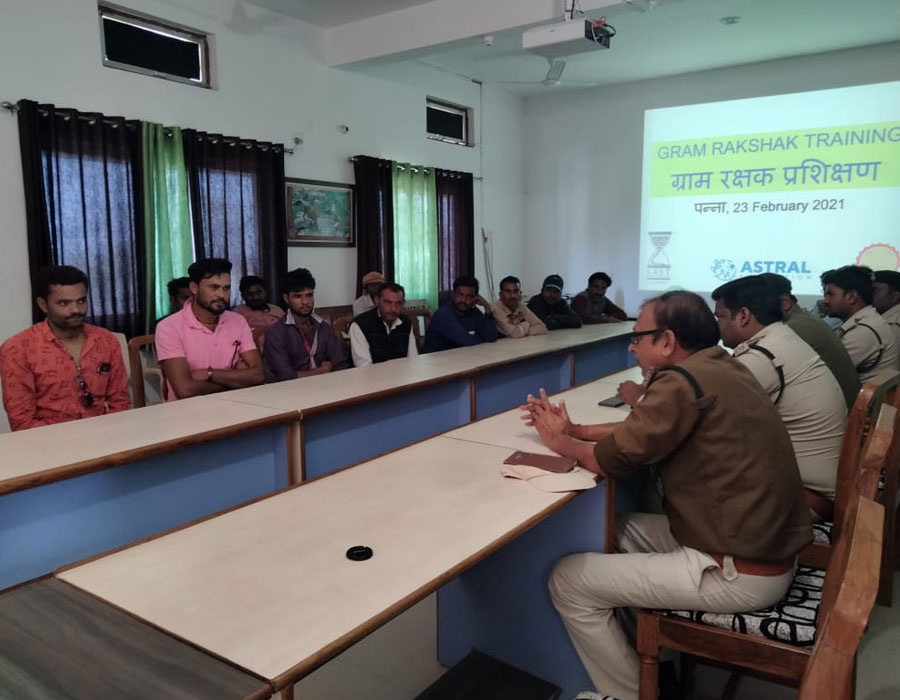
Astral Foundation is working collaboratively with the Last Wilderness Foundation to strengthen the protection measures and safeguarding the Panna Tiger Reserve by involving local communities. As part of this project, we have trained and deployed 11 Gram Rakshaks (from 11 villages) on the ground, who have made significant progress spreading awareness tracking tiger activity, logging illegal activities, and preventing forest fires. Also, a Whatsapp group has been set up between Gram Rakshaks, Forest Department officers, and LWF field staff which has proven extremely useful to assist the same. Furthermore, COVID-19 relief support was also provided to over 1200 impoverished families through the help of the Gram Rakshaks. As a result of this project, conflicts between humans and wildlife were reduced by having the participants serve as a mediator between the community and Forest Service.
Read More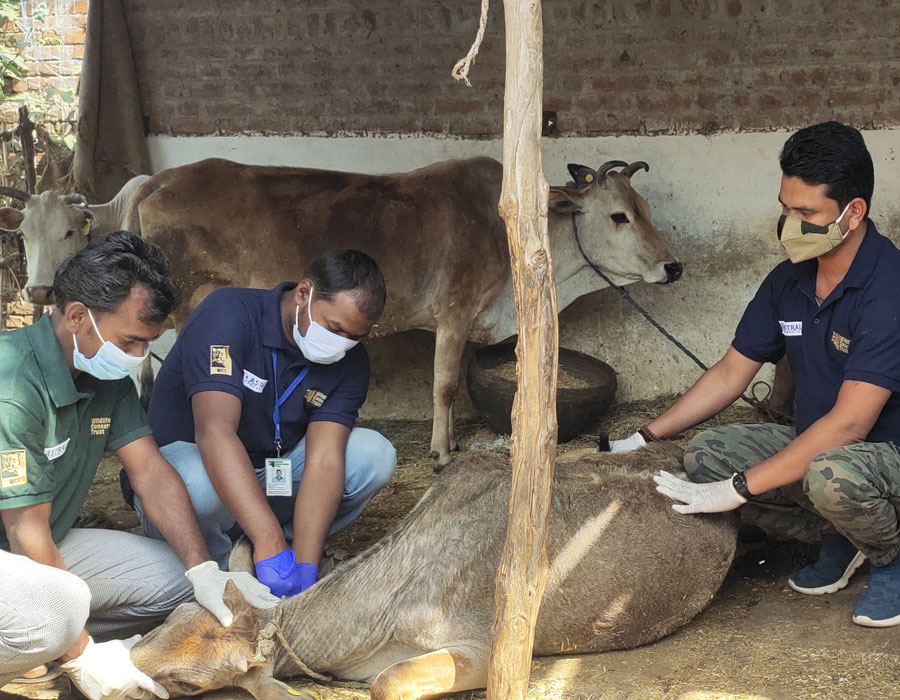
Astral Foundation in collaboration with Wildlife Conservation Trust has initiated surveillance and vaccination programs to mitigate inter-species disease transmission between wild herbivores and domestic animals in and around Bandhavgarh Tiger Reserve, Madhya Pradesh. Livestock and wildlife co-exist in India mostly in and around National Parks and Tiger Reserves sharing the same spaces and resources. The wildlife-livestock-human interface in India has been significantly altered during recent times which leads to bTB and other Pathogens spillover and spillback. Bandhavgarh Tiger Reserve has more than 130 villages within the core and buffer boundaries, with a high abundance and density of livestock. When livestock populations inhabit the tiger reserve, there are multiple threats of infectious diseases and hence, the knowledge of the prevalence of the disease in livestock populations close to wildlife is very essential. Once M. Bovis or such diseases have been introduced into a wildlife population, it will be very difficult to control the spread and hence every effort should be made to protect the wildlife population that is not infected by reducing the risk of spillover from livestock. Astral Foundation’s initiative has resulted in finding out the prevalence of infectious diseases which help effective vaccination leading to drop in the spread and mitigate the ill effects of the pathogens.
Read More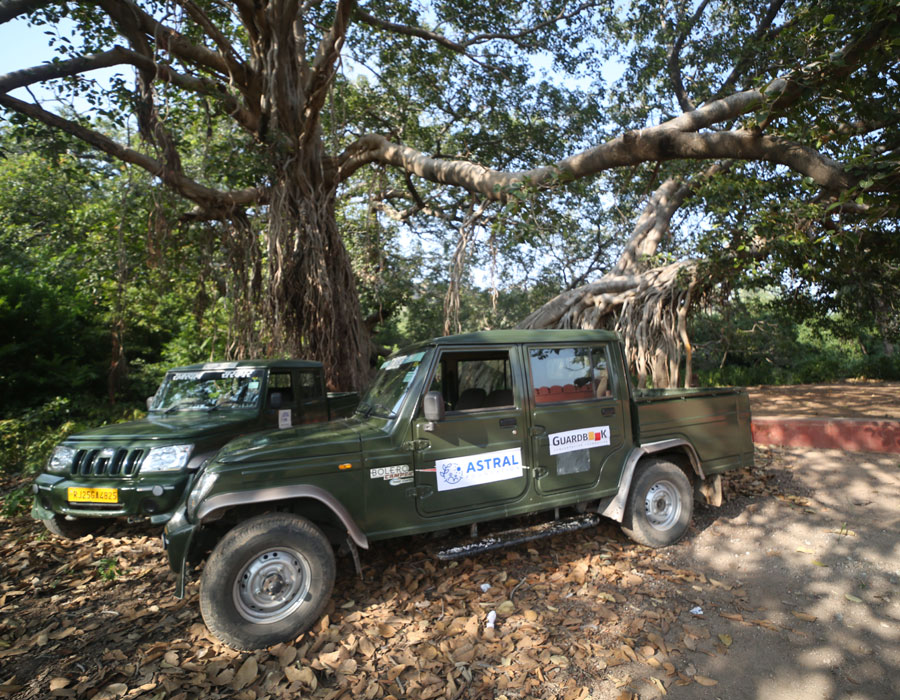
There are multiple facets to environment conservation and Astral Foundation is committed to extending support for this cause in every possible way. Protection of forests and wildlife can be more effective if we can mitigate human conflict and intervention. The national parks and reserves need close monitoring and patrolling to reduce the human conflict. Astral Foundation took a lead and provided patrolling infrastructure to the Forest Department at Ranthambore Tiger Reserve for this purpose. Four Mahindra Bolero Vehicles were provided to the Department for patrolling in the reserve and protecting flora, fauna and reducing human conflicts with Tigers and other animals.
Read More
Astral Foundation supported a conservation project, taken up by Wildlife Conservation Trust (WCT) in collaboration with the Madhya Pradesh Forest Department focusing on the status of rivers and streams originating from the Satpura Tiger Reserve. The project aims to understand forest hydrology at Satpura Tiger Reserve and to examine the habitats of Eurasian otters (Lutra lutra) in this area.
Read More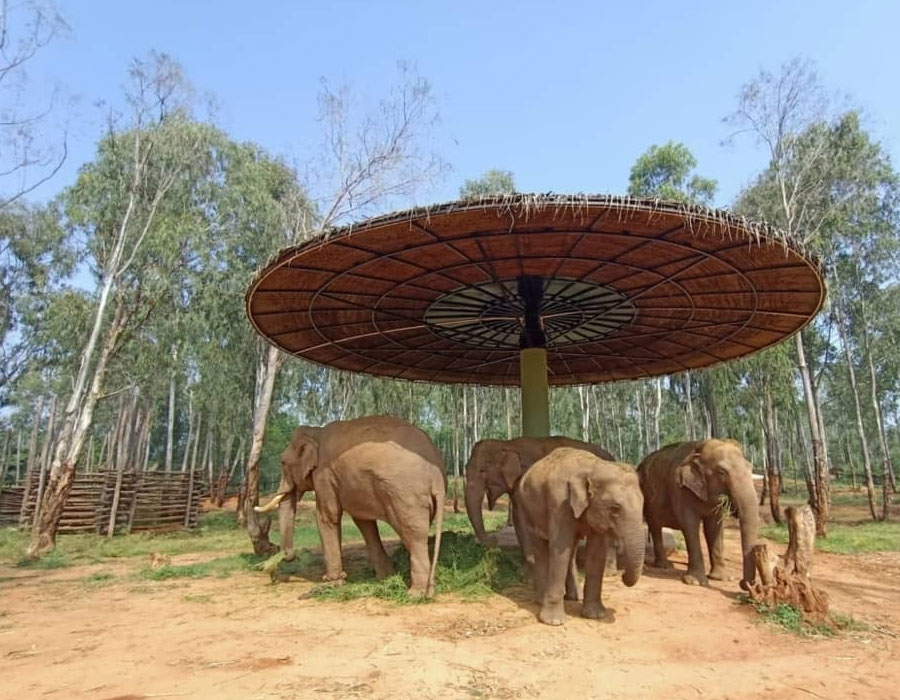
Chamundi wild animals rescue and rehabilitation centre takes care of wild animals in distress and currently, it houses tigers, leopards, elephants, and rescued birds, etc. This rehabilitation center is located about 20 KM from the Mysore Zoo and it also is a conservation breeding center for Gaur, Lion, Tailed Macaque, Dholes, and Wolves. This center also faces acute water shortage in the summer months and as the number of animals increases every year, the water supply has been a critical aspect. To ensure adequate water supply even in summer months, Astral Foundation has contributed 1.3 KM HDPE pipes from Kaveri River supply to the rescue center. This pipeline enables the center to have 30000 liters of water per day.
Read More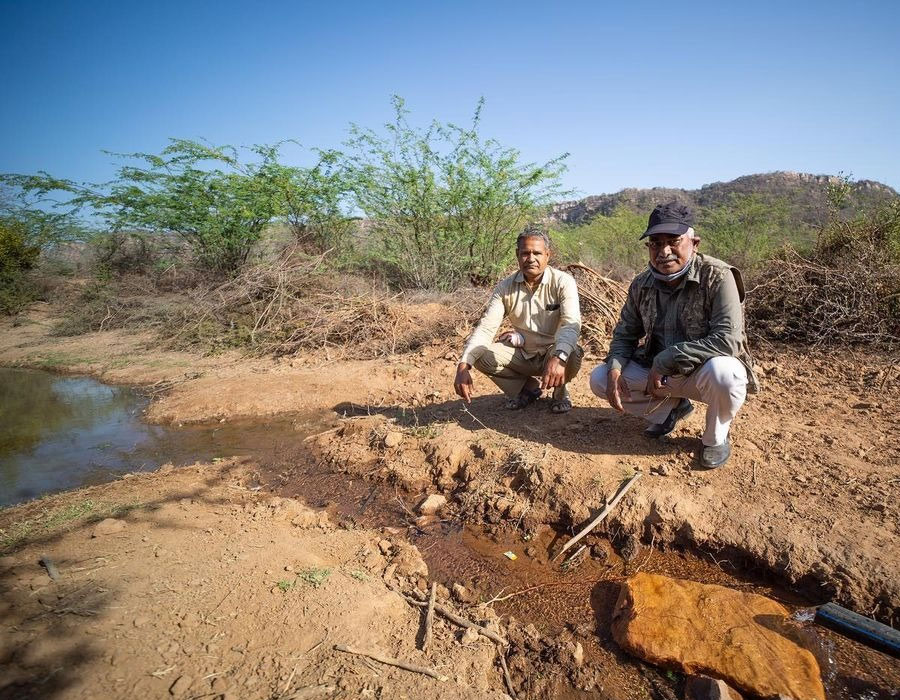
The sound of freshwater coming out from the ground. Notice how clean the water is. Another Astral Foundation waterpoint fed by the hub and spoke solar powered pipeline water distribution model at Aamaghati. RTR. (Non tourism).
Read More
Safe Drinking Water for 50 Antipoaching camps, Bio Sand Filtration System With the goal to provide safe drinking water to the Forest Department of Ranthambore Tiger Reserve, Astral Foundation contributed a water purification system that filters and treats water making it safe to drink. This water purification system combines various biological and physical processes to purify water and provides safe drinking water to 50 anti-poaching camps and up to 0.7 liters of filtered water each minute. The process starts when water is poured through a diffuser in the filter and travels through sand and stone gravel. Inside the filter, water trickles through tiny pores between sand particles. Impurities, pathogens, and turbidity larger than the pores are trapped by the sand and are removed. This system provides the camps with easy access to clean drinking water.
Read More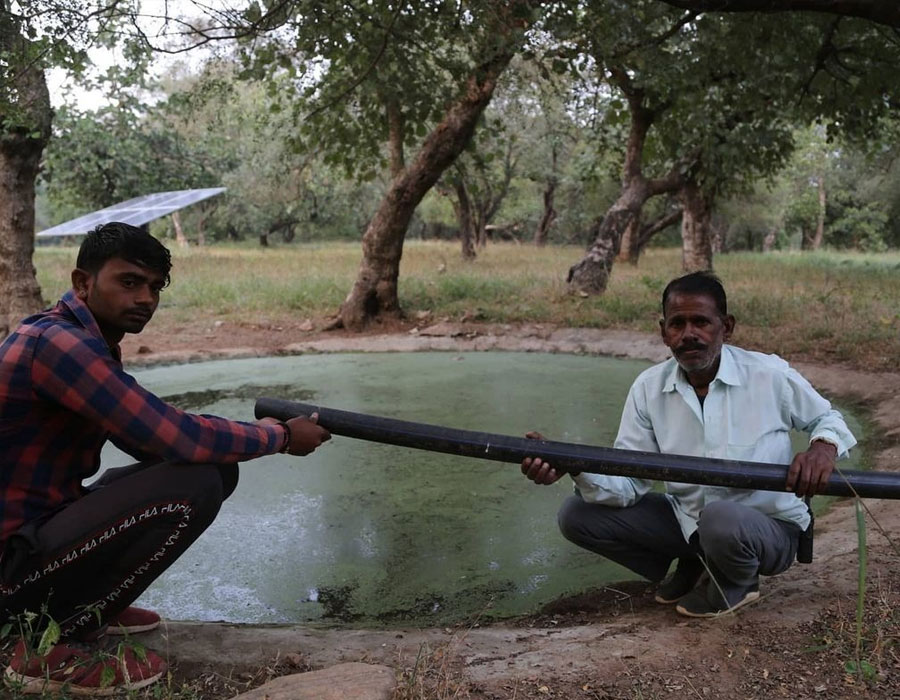
Astral Foundation is working to solve the water availability challenge in Ranthambhore Tiger Reserve. We have always seen Ranthambore as a tourism area with plentiful water. But there are many areas within the Tiger Reserve with no water. The “Rann” (non-tourism) area situated at a height, is such a place that does not have sufficient water for wild animals as it goes dry by January-February. This causes the prey base to move downwards. Astral Foundation took up this challenging and ambitious project of transporting the water from Khemchakund to a high point elevation of 450+ meters using solar power pumps. The elevation being almost straight, HDPE pipes were used and a team of PWD engineers and solar engineers put in a lot of hard work and could install the pipeline to get the water flowing in the hill area. In the next phase, we plan to extend stormwater harvesting and increase the water points. The tigers and other animals of Rann now have water in the dry season and they are not forced to venture into lower areas as the prey base also does not move to lower areas. This step stops the conflict between predators thereby not leading to the displacement of tigers venturing outside the park.
Read More